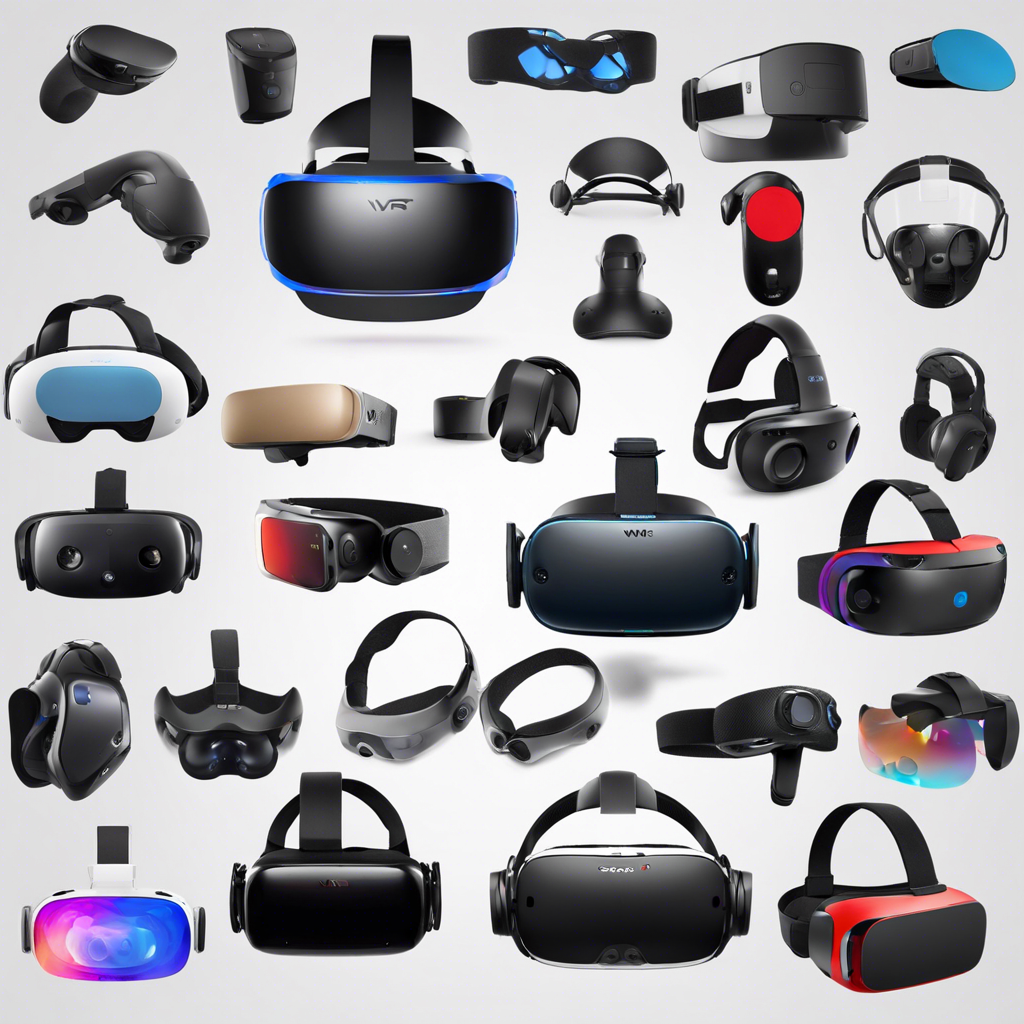The world of virtual reality is an ever-growing and exciting space, offering immersive experiences that are becoming increasingly accessible to consumers. With a range of VR headsets on the market, it can be a challenge to decide which one is the best fit for your needs. This guide will help you navigate the options and choose the right VR headset for an optimal virtual experience.
First, it’s important to understand the different types of VR headsets available. There are three main categories: mobile, console, and PC-based headsets. Mobile headsets are typically more affordable and portable, using your smartphone as the display. They are a great entry point into VR, offering an easy and low-cost way to experience 360-degree videos and simple games. Console headsets, such as the Sony PlayStation VR2, offer a more powerful and immersive experience, but are limited to use with a specific gaming console. If you’re a dedicated gamer already invested in a particular console ecosystem, this could be a good option.
PC-based headsets provide the most advanced and versatile VR experiences. These headsets connect to a high-spec PC, offering access to a vast array of VR games, apps, and simulations. With powerful PC hardware, you can enjoy room-scale VR, hand-tracking, and other advanced features that deliver a truly immersive experience. This option is ideal for enthusiasts and those seeking the highest fidelity virtual reality.
When choosing a VR headset, field of view (FOV) is an important consideration. FOV refers to the extent of the visible area you can see in the headset. A wider FOV provides a more immersive experience, allowing you to see more of the virtual world at once and improving peripheral vision. However, a wider FOU can also increase the headset’s cost and processing power requirements. It’s important to find a balance between immersion and practicality, ensuring the headset delivers an enjoyable experience while remaining within your budget.
Another key factor is comfort. Using a VR headset should be an enjoyable, extended period of time without causing discomfort. Look for a headset with adjustable straps, a balanced weight distribution, and a soft, breathable face pad. Some headsets also offer prescription lens adapters, ensuring that everyone can enjoy clear visuals, and have adjustable interpupillary distance (IPD) to customize the spacing between the lenses for optimal focus and comfort.
The tracking system is also a critical component of any VR headset. This can be either inside-out or outside-in tracking. Inside-out tracking uses cameras on the headset to track your movements in the play area, offering a wireless and convenient solution. Outside-in tracking, on the other hand, relies on external sensors or base stations placed in the room to track your movements. This often provides more accurate tracking but may require additional setup and hardware.
